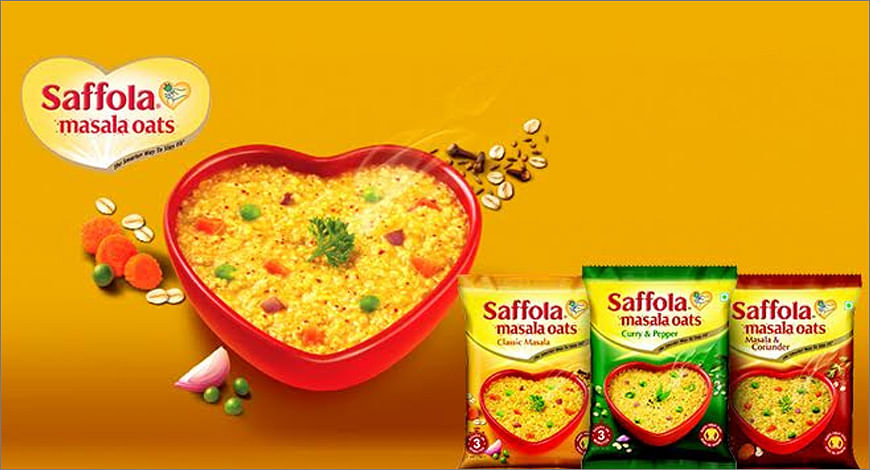Instant food has become an integral part of modern life, offering consumers a quick and convenient solution to their time-pressed schedules. This phenomenon is not just about quick meals; it’s a reflection of changing lifestyles and the demand for efficiency without compromising quality.
In the past, instant food was often associated with a sacrifice in taste and nutritional value. However, with advancements in food processing technologies and a growing focus on health-conscious choices, the landscape of instant food has undergone a significant transformation. Today, consumers can find a wide array of instant options that cater to various dietary preferences, from instant noodles and soups to ready-to-eat meals.
One key driver behind the rise of instant food is the fast-paced nature of contemporary life. The hustle and bustle of daily routines leave individuals with limited time to prepare elaborate meals. Instant food provides a quick solution, enabling people to meet their nutritional needs without spending excessive time in the kitchen. This convenience factor has made instant food a staple in households worldwide.
However, the evolution of instant food goes beyond mere convenience. Manufacturers are now placing a strong emphasis on product quality and nutritional value. The market is flooded with instant options that boast organic ingredients, reduced preservatives, and even catering to specific dietary requirements such as gluten-free or vegan.
The globalization of food culture has also played a role in the popularity of instant food. People are more willing to explore and integrate flavors from different parts of the world into their diets. This has led to an expansion in the variety of instant food options available, reflecting a diverse range of cuisines and culinary traditions.
While instant food undoubtedly offers unparalleled convenience, it is essential to approach it with a balanced perspective. While many products have improved in terms of nutritional content, there are still options laden with excessive salt, sugar, and unhealthy fats. Therefore, consumers should remain vigilant about making informed choices and reading product labels.
In conclusion, the rise of instant food represents a significant shift in how people approach meal preparation. It’s a testament to the need for efficiency in our fast-paced lives but also highlights the importance of making informed choices for our health and well-being.
